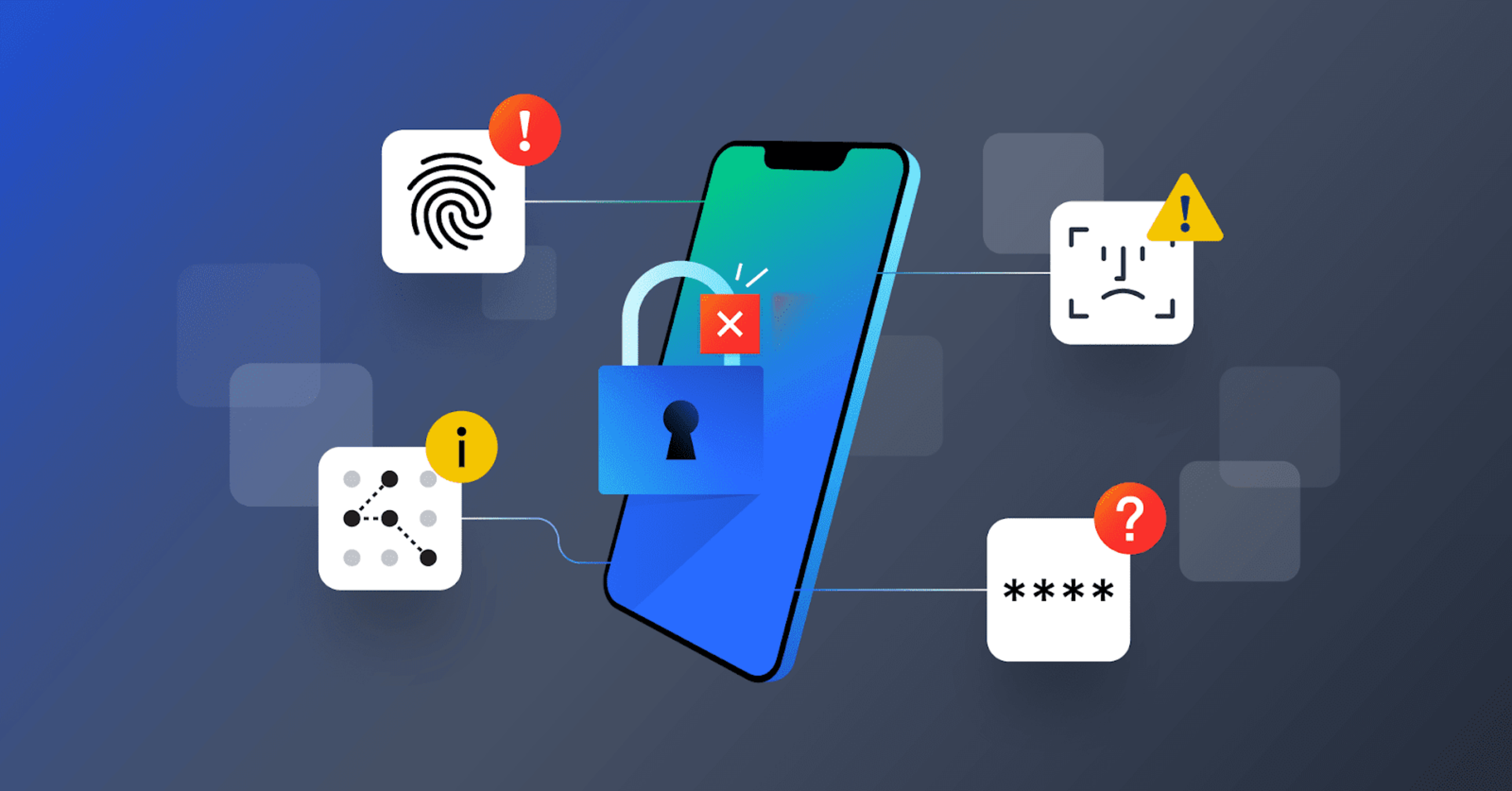Gmail, one of the most widely used email services globally, is at the heart of every Google Account. With over 1.5 billion active users, Gmail is synonymous with reliable, secure, and user-friendly communication. It provides a vast storage capacity, robust spam filters, and seamless integration of Google services.
Access to a rich ecosystem of tools
A Google Account unlocks a treasure trove of tools that cater to diverse needs.
- Google drive- With a generous 15GB of free storage, Google Drive offers a convenient and secure way to store, share, and collaborate on files. This is especially valuable for remote teams and individuals who need access to their data from anywhere.
- Google docs, sheets, and slides- This trio of web-based productivity apps has revolutionized how we create and collaborate on documents, spreadsheets, and presentations. Real-time collaboration and seamless version control make them indispensable for dynamic teams.
- Google calendar- Efficient time management and organization are made easy with Google Calendar. Users schedule meetings, set reminders, and share calendars with colleagues, friends, and family.
- Security and privacy features- Google prioritizes user security and privacy, offering robust tools such as two-factor authentication, data encryption, and customizable privacy controls. This gives users confidence that their information is safe and secure.
Guide to verifying the authenticity of a google account
Now, let’s address the critical aspect of this process: verify the authenticity of a Google Account before finalizing a purchase.
Assess account age and history
One of the primary attractions of Google Account sales is the age of the account. Older accounts may have established reputations and offer advantages in certain online activities.
- Request creation date- Ask the seller to provide the exact date the Google Account was created. A transparent seller should have no issues disclosing this information.
- Examine Email History- Look at the inbox and sent items folder for older emails. A legitimate account is likely to have a history of normal email usage, indicating active and responsible ownership.
- Google takeout archive- 구글계정판매 Takeout allows users to download an archive of their Google data. Request the seller provide a recent archive to verify the account’s contents, including emails, drive files, photos, and more.
2. Evaluate Account Activity and Reputation
- Email activity- Review the sent and draft folders for recent activity. Look for signs of automated or spammy behaviour, such as bulk promotional emails. Legitimate accounts should show standard email usage patterns, indicating human interaction.
- Login history- Analyze the account’s login history to ensure it aligns with expected usage. Be cautious if you notice suspicious login attempts from unfamiliar locations or IP addresses, as this could indicate unauthorized access.
- Activity on google services- Assess the account’s engagement with other Google services. For example, a YouTube channel with a long history of uploads and interactions suggest a genuine and valuable account.
3. Conduct security and privacy checks
- Two-factor authentication (2FA)- Confirm that the account has 2FA enabled. This adds an extra layer of protection, requiring a code or another verification form besides the password.
- Password history- Inquire about the password history. A secure account should have strong, unique passwords that are changed regularly. Avoid accounts with a history of weak or reused passwords, as they may be more vulnerable to unauthorized access.
- Linked accounts and recovery options- Review any linked accounts and recovery options, such as recovery email addresses and phone numbers. Ensure these recovery options are legitimate and aren’t associated with suspicious activities.
Check if the account’s email address has been compromised in known data breaches. Accounts with a history of breaches may need to be more secure.




